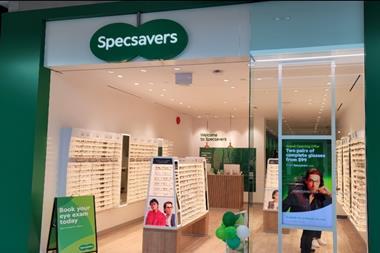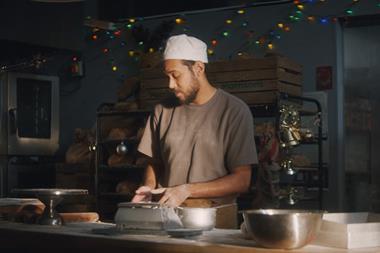You would have thought that politicians would now realise they can no more control economic cycles than King Canute could hold back the waves.
If you think it’s all over, you ain’t seen nothing yet. In retrospect, 2008 will seem like a walk in the park compared with what is yet to come. My realism (not pessimism) is reinforced by concern not only about sustaining top-line growth, but the likely reversal in gross margins, which have grown fat in the decade of profligate consumer-led growth – a trend that has been reinforced by overseas sourcing and the dollar weakness.
While only fools and politicians forecast exchange rates, the slump in the sterling/dollar rate has been sufficiently swift and substantial to raise the prospect of retail price inflation – an unknown in fashion retailing since the mid-1990s.
The timing and severity of this change remains uncertain – timing delayed by the extent to which companies have covered their commitments forwards; severity tempered by the recessionary influences on factory demand in the Far East.
The name of the game has changed. Management focus must shift from generating volume gains to protecting margin. Learn to love inflation. The right price increase can protect profits (look at the DIY retailers in the 1989-91 downturn), while lowering quality in order to maintain price points can do long-term damage to your brand and positioning.
Knowing what to do is a management art that most retailers have never had to practise. That’s why I would back the likes of Phil Harris, Graham Kirkham and Philip Green – they have experience of recession and inflation and know which buttons to press and when.
Critical is an evaluation of the integrity of your brand and the loyalty of your customers. This is why my realism is so important. It is essential to plan for lower volumes and not attempt the impossible – ie, to maintain top-line growth.
Each retailer has to find the right combination of price and volume for the best possible top-line outcome. Like-for-like sales measurements, which the BRC has educated the media to treat as the best measure of consumer health, are set to become increasingly meaningless, as the food retailers have already discovered.
A 3 or 4 per cent sales increase disguises a 2 or 3 per cent volume decline – hence how bad Marks & Spencer’s performance really is.
The real minefield is differential inflation. We have enjoyed a decade of retail price deflation but uncomfortable levels of cost inflation, with the gap more than covered by volume gains.
We seem about to enter a period of deflation, but shop price inflation and no volume fat to play with. There will be casualties, but it is not an impossible scenario to manage through relatively successfully.
John Richards is a retail consultant


























No comments yet